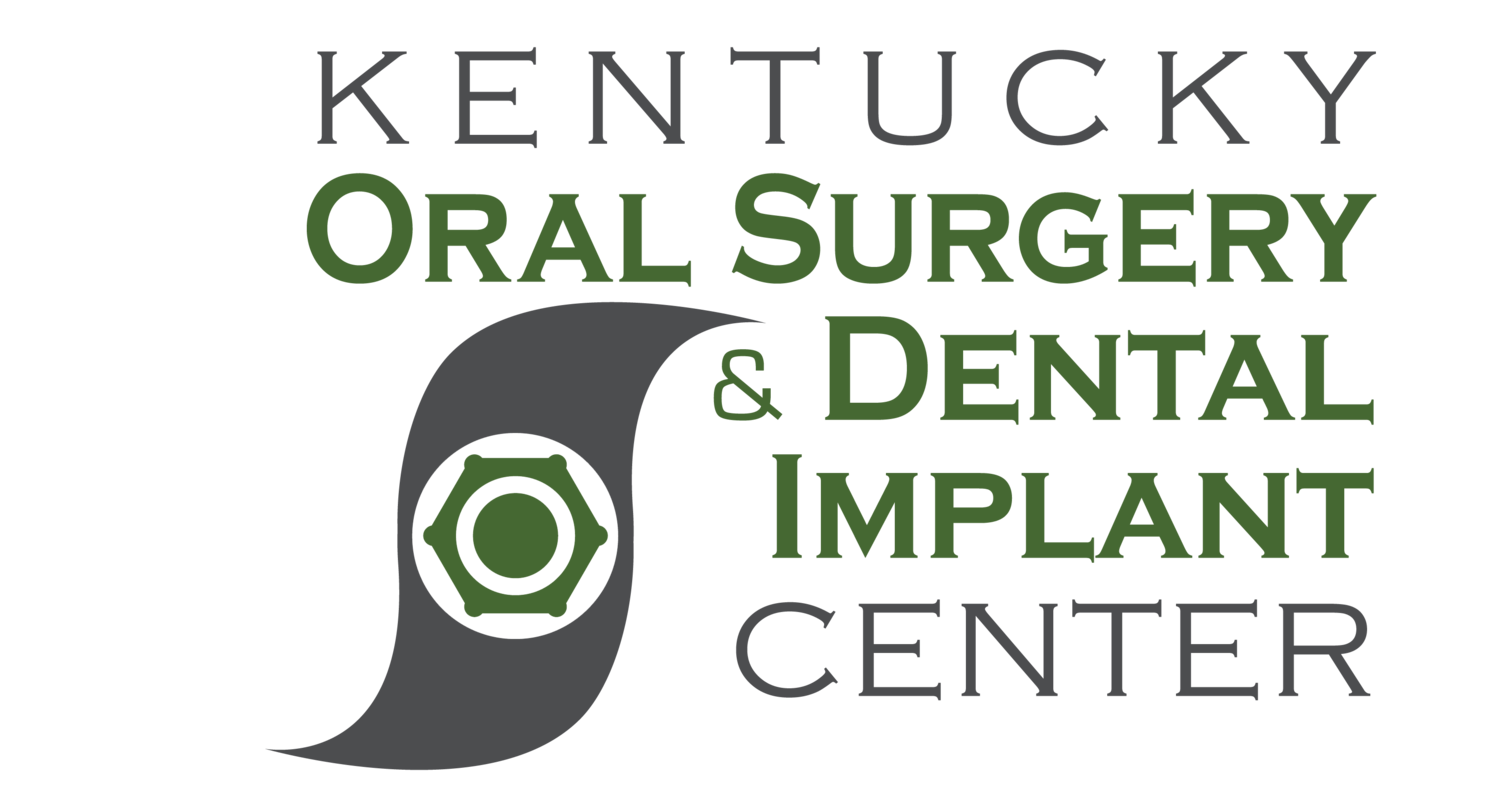
Procedures
Below are the common procedures available to you as a patient. Please visit the American Association of Oral and Maxillofacial Surgeons website for more detailed information and procedure videos.
WISDOM TEETH REMOVAL
Wisdom teeth, or third molars, are prone to decay, periodontal bone loss, cyst formation, and damage to adjacent teeth, as there is often inadequate space. Risks associated with extractions increase as we age, so an examination to evaluate the status of wisdom teeth should occur as a teen or young adult. A consultation, Xray, and exam will determine if removal is necessary. Treatment plans, including anesthetic options, will then be outlined for you in detail.
DENTAL IMPLANTS
Replacement of damaged or missing teeth with dental implants is an advanced and highly reliable treatment. We integrate implants into your jaw that support crowns, bridges, partial dentures, and dentures. A consultation with our doctors will determine the best course of action for your needs.
BONE GRAFTING
Bone deterioration can occur in many patients, especially after the loss of teeth, making the placement of dental implants or prosthetics difficult. Our doctors assess and determine a specific course of action to minimize bone loss and reconstruct bone and the surrounding soft tissue.
ORAL PATHOLOGY
Oral lesions can occur in the mouth and maxillofacial areas that require surgery to remove. A simple biopsy can often determine a diagnosis and course of action for these lesions. Our doctors work with local pathologists to diagnose and treat these lesions.
FACIAL TRAUMA
Advanced training in fractures of the jaws and facial bones, lacerations, and dental injuries, along with comprehensive board certifications, qualify our doctors to handle the most challenging oral and maxillofacial cases. Our doctors are on staff at local hospitals.
IMPACTED CANINES
Occasionally, teeth become impacted or “stuck” in the jawbone and are unable to erupt. Our doctors design personalized treatments that expose and direct the tooth into the proper place. Often orthodontics is needed to assist with this process.
ANESTHESIA
A comprehensive medical consultation determines the safety and most effective anesthesia options for our patients. Our doctors use local anesthetic (numbing), nitrous oxide (laughing gas), conscious sedation, or general anesthetics to assure your procedure is as safe and painless as possible.
